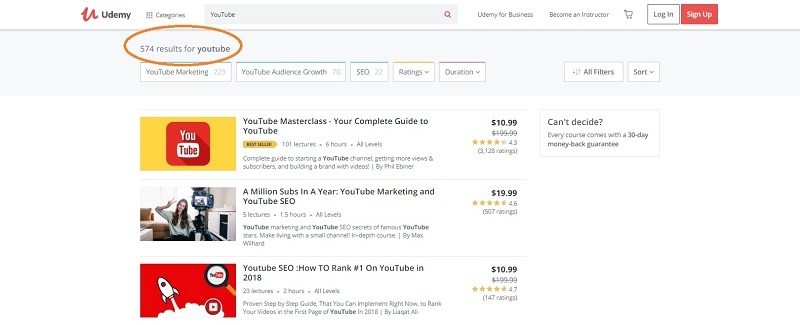


You can learn just about anything using YouTube. So it’s the best for people who want to learn and gain in-depth knowledge on a subject since you can go deeper into a topic in longer videos. YouTube is a video platform primarily focusing on long-form videos, although they now have started adding the YouTube Short feature much like TikTok. Now, this might seem obvious, but stick with me because understanding this will make your job so much easier and even save you time.įirst of all, YouTube.
#Jumpcut viral academy how to
But no… The key to figuring out how to use the platforms is to actually observe the format and how people use them. I used to think that you could just create a piece of content and repost it in the same way everywhere. With this in mind, as we go through this list, you can be thinking of where you will slot in best.Įach platform has their own unique characteristics and formats, which leads to the way the viewer interacts with them. Matching your strengths to your target audience’s preferred platforms will help you know where you should be focusing your efforts. Whatever you prefer, there’s always a way to deliver your message to the world. Or if you’re terrible at speaking, like me, but are great at the written word, then a blog might be the right way to go. What would you say your best at, video, written word, animation, speaking, live streaming? If you’re good at speaking but don’t enjoy being in front of the camera, then a podcast might be the best option. So which platform should you be using? Firstly, I want you to think about your strengths. Luckily, though, I’m here to tell you that you don’t need to post everywhere to make an impact. But out of context, this advice can lead to frustration and burnout because inherently all social media platforms are different and some may not work for you or your audience. Now, obviously, the more places you are, the more chance you have of being seen. And to keep up with a sea of people all fighting for the number one spot on people’s homepages, search results, or even notifications, we’re told to post as often as possible and across as many platforms as possible. And like it or not, social media platforms are becoming the best outlets to educate, entertain and engage with people.

Since we’re trying to help and inspire as many people as we can, our goal is to reach as big of an audience as possible. That’s why it’s important to know how each of the social media platforms works and how people actually interact with them. And I honestly believe that the number one reason why people don’t achieve the results they want and then give up is because they don’t understand what, where, why, and how they are posting. Because there’s nothing more demotivating than pouring all of your energy into a project, only to have nobody see it or engage with it.

Now, this video will help you figure out where to position yourself for the best exposure, which will then enable you to express yourself in the most authentic way possible without feeling overworked and then hating what you do. Hello, I’m Sam Holland, and in this video, we’re going to be looking at some of the different types of social media platforms, their pros and cons, and which one is best suited to you as a creator who’s trying to grow your audience.


 0 kommentar(er)
0 kommentar(er)
